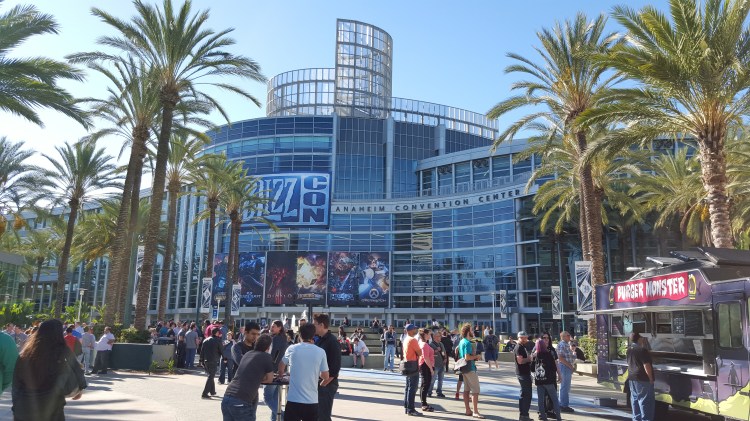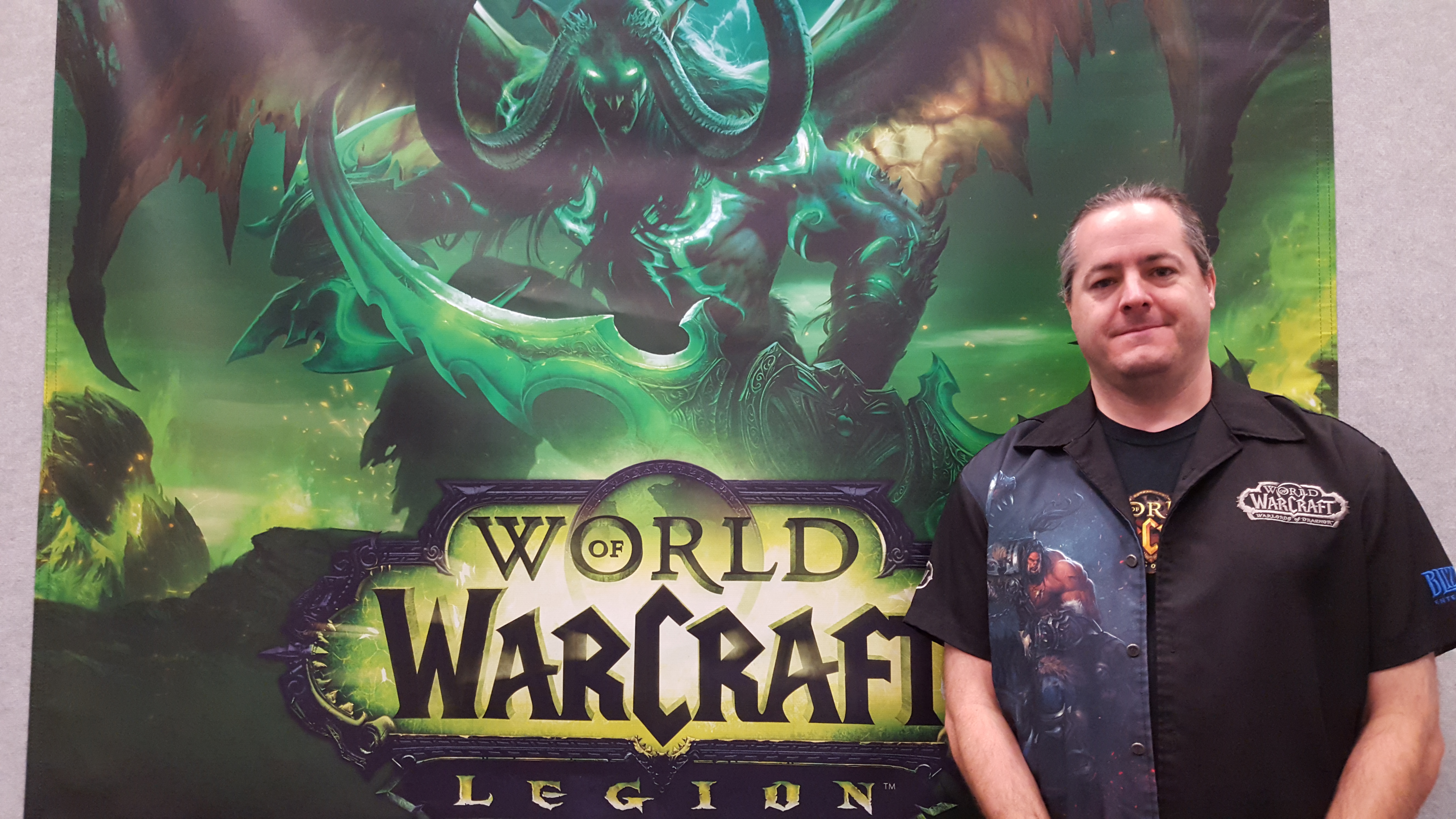The World of Warcraft game-time token and instant max-level characters might never have existed if that decision rested in the hands of the game’s executives circa 2004.
Blizzard Entertainment executive producer and senior vice president J. Allen Brack has been working on World of Warcraft for almost a decade. A lot has changed in that time, he says, including the audience for the massively multiplayer online RPG, its needs, and the company’s philosophy about what makes compelling gameplay.
We sat down with him recently for an interview about where Warcraft has been and where it’s going, as it takes its largest team ever into the upcoming Legion expansion.
How players have changed
World of Warcraft’s core audience has changed demographically since the MMO’s launch in 2004, he said.
“We’ve gotten older,” Brack said with a chuckle, but that doesn’t mean people’s in-game goals have changed. So players challenge the company by wanting the ability to progress through end-game large-group raid dungeon content and player-vs.-player (PvP) objectives — while maintaining jobs and families and devoting less time to WoW. The hardcore-versus-casual split is not changing that much, he said, especially recently.
“If we look at how WoW is today, it’s very similar to how it was five years ago in terms of that split versus 10 years ago,” he said.
So Blizzard does its best to include content for both groups. For casual players, there are collection aspects and pet battling and quick dungeons and the lower “Looking for Raid” difficulty for raid dungeons. For high end players, Mythic dungeons offer specific, often extremely difficult coordination challenges for 20-person groups.
“I think we have a lot of different kinds of content that’s very different for casual players,” he said. “I think the über-hardcore WoW player is still a very important demographic to us, which is why you saw us in this last expansion carve off this Mythic raiding tier, which is really for that level of aspirational kind of player both from a time perspective and from a skill perspective.”
Subscriber numbers, on average, have continued to decline since the game’s peak in 2009-2010. Many expansions have generated temporary spikes — the most recent Warlords of Draenor release brought millions back — only to lose them again over time after release. (The expansion saw a decline even larger than its spike.)
About 5.5 million people subscribe now, less than half of WoW’s peak numbers, and Activision Blizzard announced this quarter that it would no longer report those numbers. It still leads pay-to-play MMO revenues in the West.
Brack said Blizzard still works to gain new audience, not just appeal to that sizable chunk of players that have seen it at one time or another. He hopes that the World of Warcraft movie debuting next June will hook new players.
“It’s a very mature game, but there are people growing up all the time,” he said. “There’s a certain age of gamer that’s heard of World of Warcraft, and they’ve decided it’s for them and tried it, or they’ve decided it’s not for them. But there are people who are coming into the age of Warcraft every single year.
“We also think the movie is a huge inflection point. You’ve got people who potentially have not played the game, or they’ve played WoW in the distant past and it’s an opportunity for them to get re-introduced to the stories of Warcraft.”
Things Blizzard does now it might not have then
Brack said there were “absolutely” things the company does in game now that he would not have done at launch or at the subscriber peak. One of them is the instant boost for one character to max level Blizzard offered with Warlords of Draenor (and will offer again for the new Legion expansion next summer.)
“If you look back and see the character boost token — if you’d asked 2004 Jay, will you ever have people have this opportunity to just get to max level, it would have been like no, what’s the point of that? That defeats the whole purpose of the game!” he said. “But now, here we are, 10 years in.
“The philosophy of the boost token is that I’ve been telling Blake he needs to play this game. He’s always complaining about how behind he is, he can’t play with Jay and Heather. So hey, Blake, now’s the time, buy the box, you get a boost token, automatically catch up, and we’re all on the same page and all ready to go into Legion and have that same adventure together.”
Another example is the WoW token, which allows players to sell a monthly subscription token purchased with real cash for in-game gold. It essentially allows players to buy in-game gold for cash, or pay for their subscriptions with gold earned during playtime.
“The WoW token is something where, if you’d asked 2004 Jay, are you ever going to do something like that, I think the answer is no,” Brack said. “It’s really interesting the sacred cows that you have in the past that change over time as the needs of game change, as the player base changes, and the game industry evolves, frankly.”
That doesn’t mean he sees the token as a free-to-play experiment — or that he expects Warcraft to go free-to-play in the near future.
“We’re not working on that right now. I never say never. But it’s not something we’re actively considering or actively working on,” he said. “We’ve had unlimited [free] time to get to level 20 for a while now.”
When the token system went into the game, they also made it possible for existing players to revert to that free level, playing characters up to level 20 on an existing account (rather than making a new one.)
“In the old days, when you became a paying subscriber, you could never go back to being non-paying. That’s just not a friendly environment,” he said. “It’s not a free to play experimentation. We’re always looking for ways to make it easy for you to come back. There’s nothing to be gained from a player side or the business side to make it difficult for people to come in and out.”



